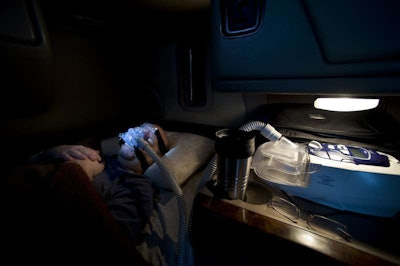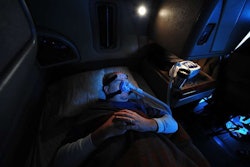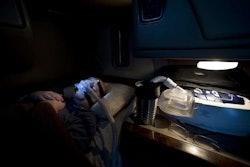
According to Darling’s letter, the bulletin will remind examiners there is no FMCSA guidance regarding apnea testing — hammered home by a 2013 law — and will encourage examiners to explain to drivers that referring them to sleep apnea specialists is being done based on their judgment as medical professionals and not from FMCSA regulations.
The letter was sent to Rep. Larry Bucshon (R-La.) and Rep. Daniel Lipinski (D-Ill.) in response to a letter from the two Congressmen to Darling in October.
Bucshon and Lipinski sent their letter after they heard that FMCSA-approved medical examiners were not adhering to the 2013 law prohibiting the agency from issuing guidance (in lieu of a formal rule) regarding sleep apnea screening and testing for truck drivers.
They blamed some organizations responsible for training the medical examiners to perform driver physicals for the apparent sidestep of the Congressional order.
Darling, however, said in his response letter that while FMCSA has a list of topics that must be covered in training courses, it does not bar organizations from presenting more information to the examiners. Moreover, FMCSA “neither reviews nor approves training materials or programs,” he wrote.
The current FMCSA guidelines that medical examiners use were issued in October 2000, Darling said, and it directs examiners to refer drivers to sleep apnea specialists if they detect respiratory dysfunction, like sleep apnea, that could impact a driver’s safety.
Darling also said the agency plans to publish a notice this year that will request information from industry stakeholders to help the agency determine the costs and safety benefits of a rule to address sleep apnea screening.










